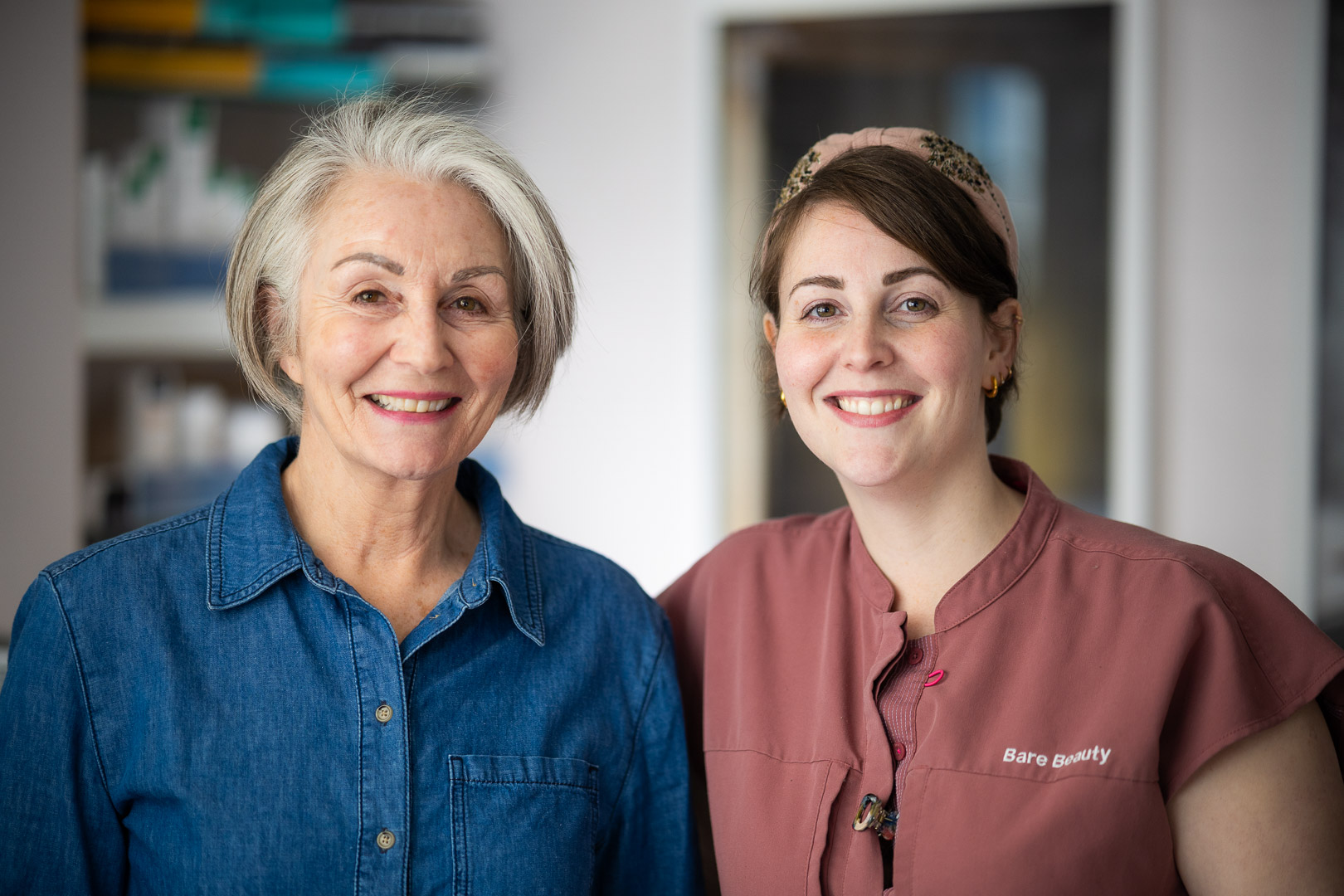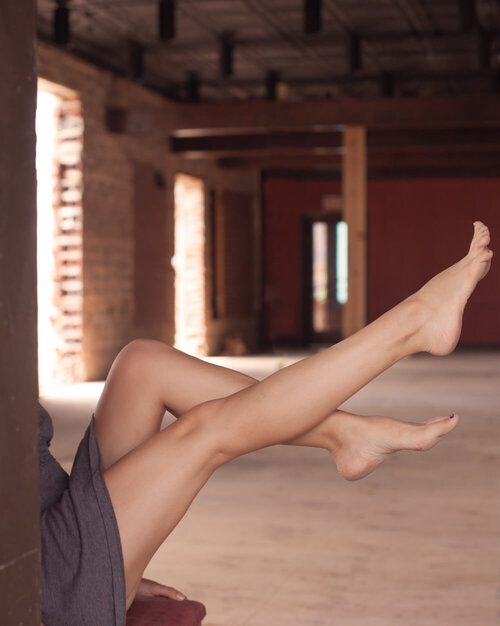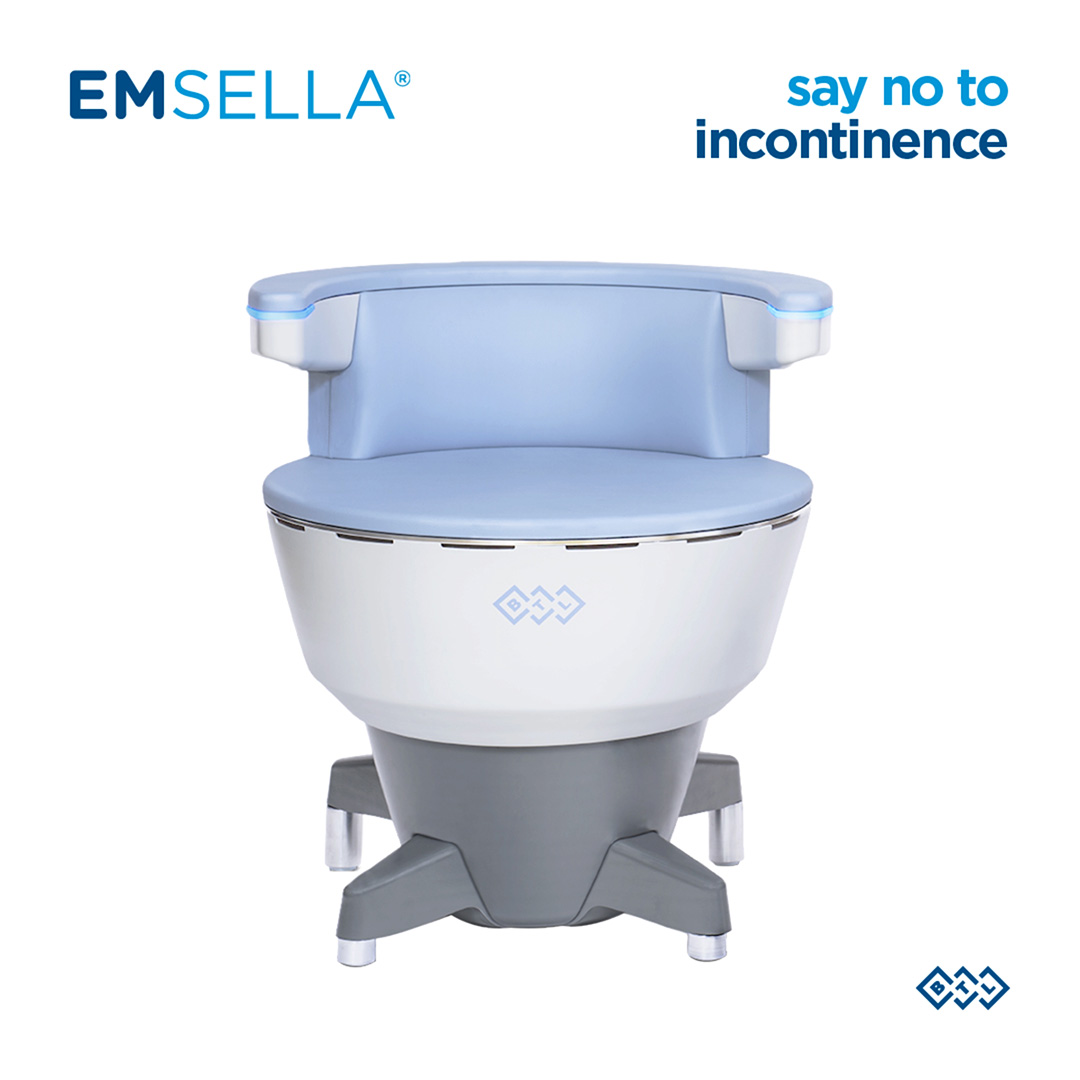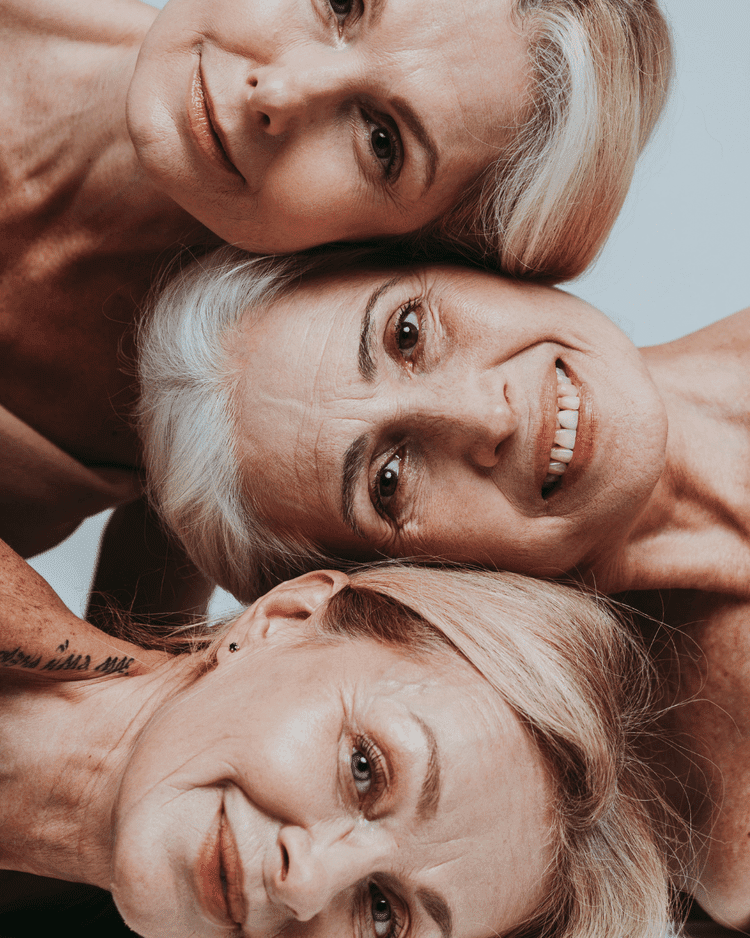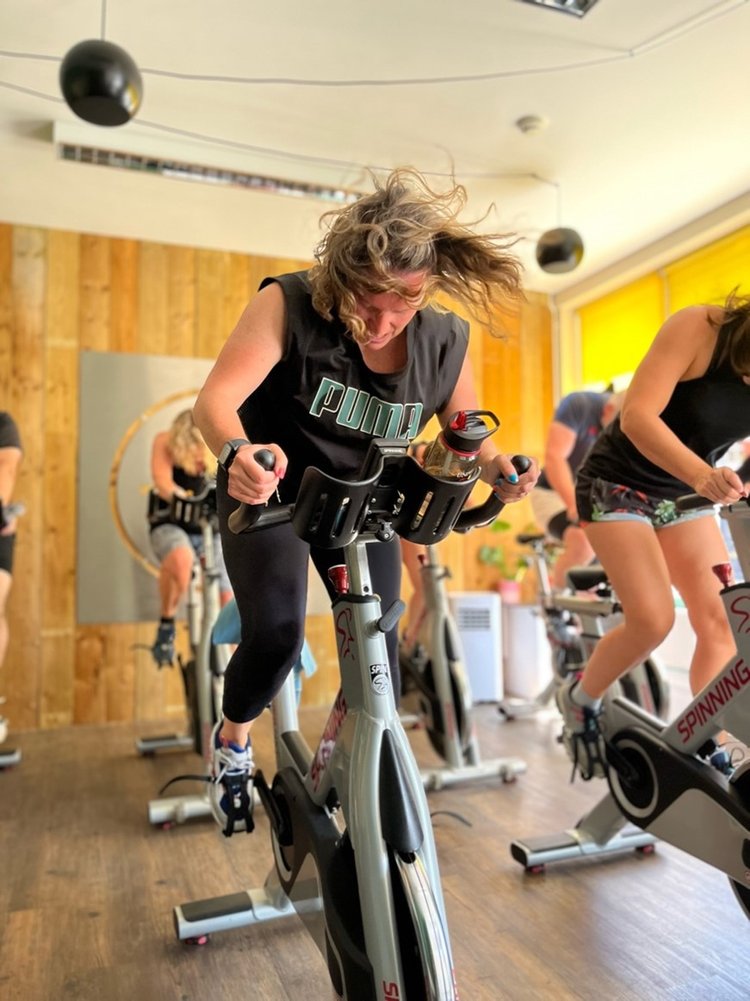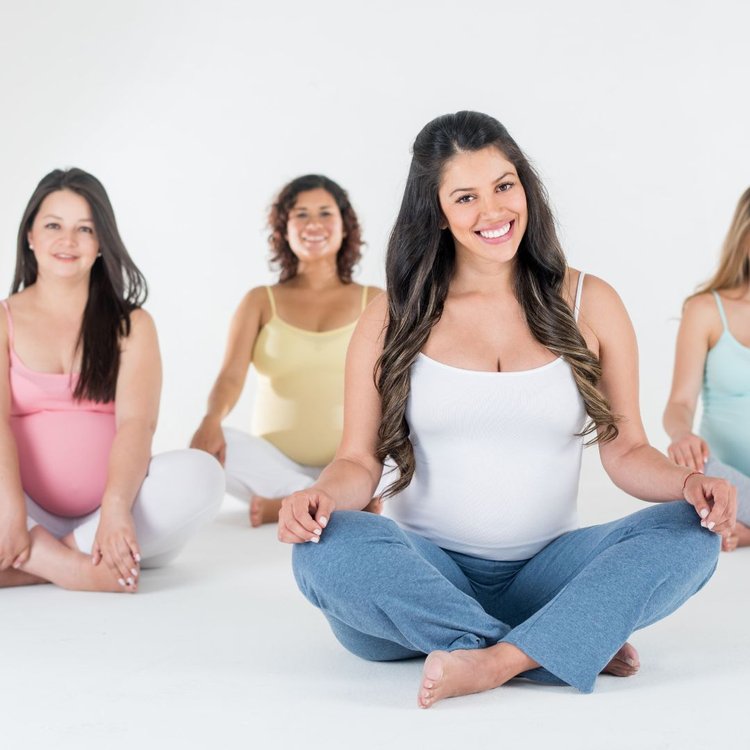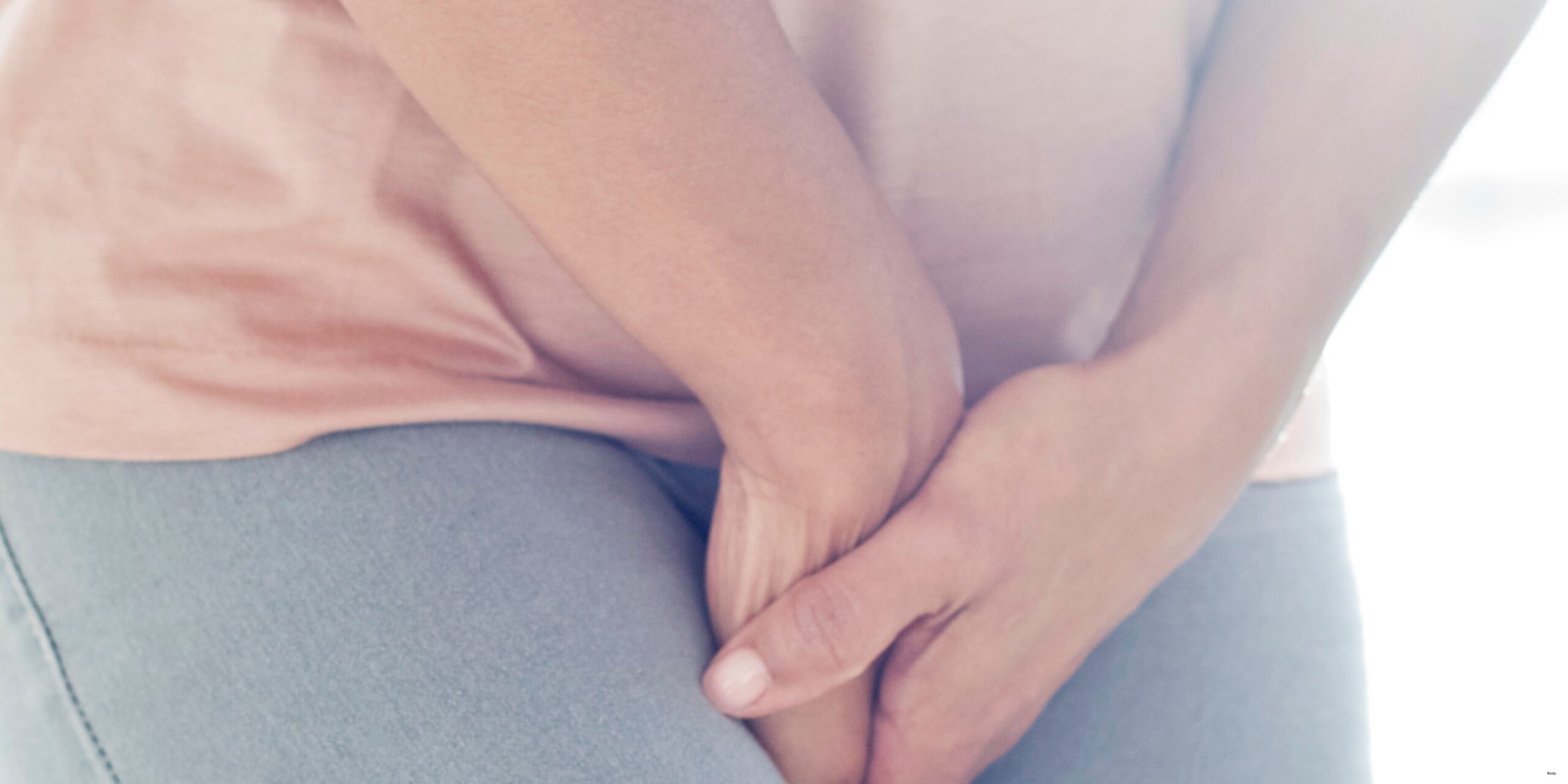
Do you understand your vagina?
Let’s talk about something important, often ignored, and quite literally at the core of a woman’s health: the vagina—or more specifically, what happens to your pelvic floor and vaginal health from childbirth through to menopause. At Bare Beauty, we believe in tackling these topics with honesty, clarity, and a bit of humour.
What Childbirth Really Does to Your Pelvic Floor
Bringing a baby into the world is a miraculous, life-changing experience. It’s also one that can leave your pelvic floor—those vital hammock-like muscles supporting your bladder, bowel, and uterus—a bit worse for wear.

We speak to so many women at Bare Beauty who have been struggling in one way or another and believe it’s unique to them. But the truth? You’re far from alone. By the time we’ve navigated childbirth and the ups and downs of life, three in four women will experience pelvic floor issues. The chances are, the woman next to you in the queue is either wearing an incontinence pad or trying to hold back a dribble.
Whether your delivery was straightforward or complex, those deep muscles can become stretched and weakened. You might not notice it straight away, but many women experience leaks when they sneeze, difficulty holding in wind (yes, the dreaded and embarrassing fart), or simply that “everything’s just not where it used to be” feeling.
The Core of the Issue: Core Strength and Pelvic Health
Your core strength and pelvic floor health go hand in hand. When one weakens, the other often follows. And if you start noticing changes in your 30s or 40s, sadly they’re unlikely to improve without some support.
Without the right intervention, pelvic floor dysfunction tends to gradually worsen, especially during the hormonal shifts of perimenopause and menopause.
Here are a few simple things you can do daily to support your pelvic health:
-
Eat a handful of pumpkin seeds – they’re rich in zinc and magnesium, both essential for muscle function.
-
Practice “double voiding” – when you pee, wait a few seconds after finishing, then try again to fully empty your bladder.
-
Sit upright on the loo – keep your feet flat, hands on your thighs, and spine neutral to help empty the bladder properly.
These small tweaks can make a surprising difference in the long run.
Menopause: When the Vaginal Walls Start Whispering (Ouch)
Here’s the part no one warned us about: vaginal atrophy. It’s a clinical term, but the reality is deeply uncomfortable. Recently, two friends confided—separately—about how miserable they were feeling. One couldn’t sit comfortably. The other said sex had become painful. Both had visited their doctors multiple times. Both were dismissed. If you want to find out what the NHS say click here for more https://bit.ly/4kzQdgC
This is so common, yet many women suffer in silence. As oestrogen levels drop, vaginal tissue becomes thinner, drier, and more fragile. This can lead to pain during sex, itching, recurrent UTIs, and even discomfort just sitting down.
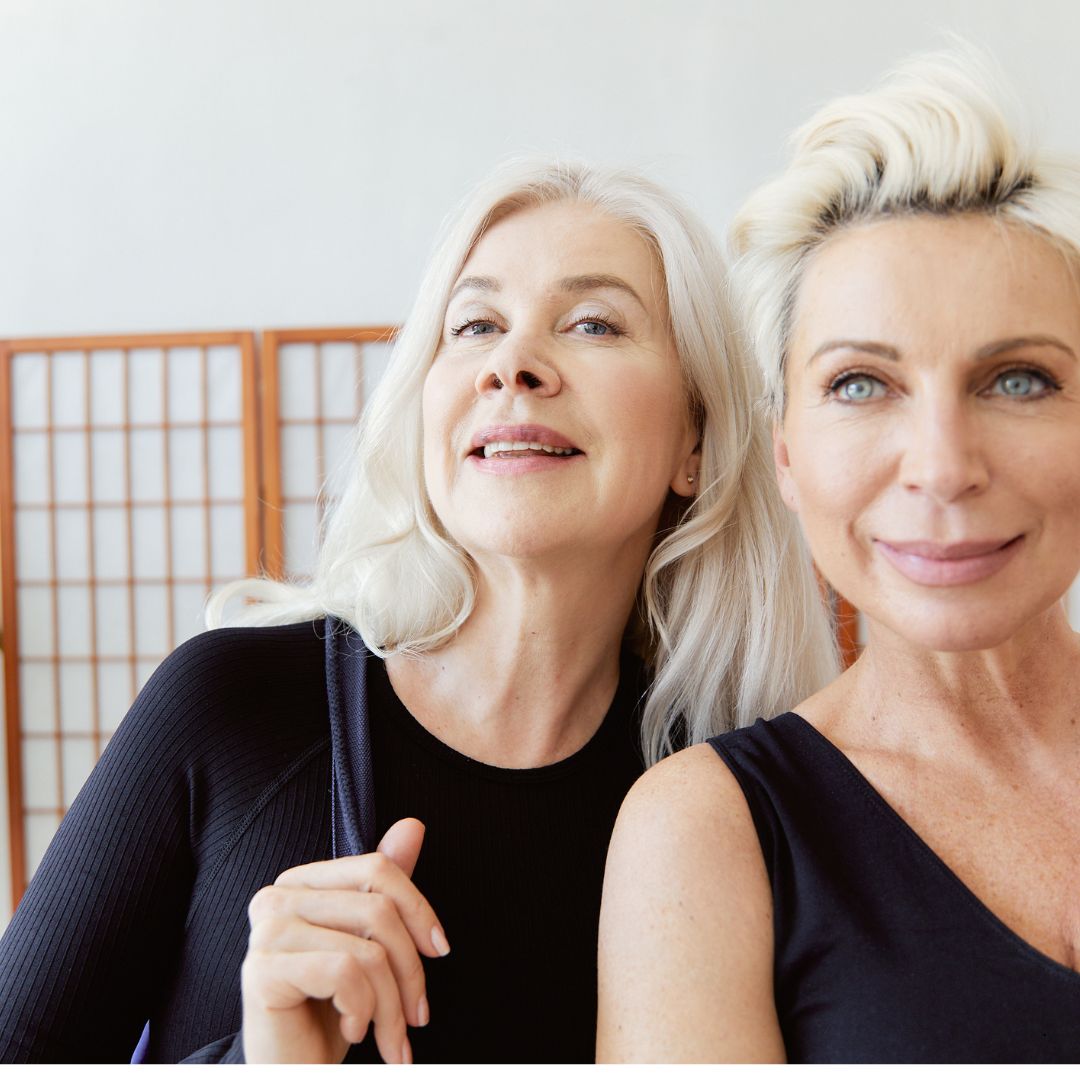
The good news? There are solutions. One of the simplest is using a gentle, pH-balanced lubricant like YES. It hydrates, soothes, and helps restore the delicate vaginal environment—without harsh chemicals or disrupting your natural flora.
For more excellent advice click here bit.ly/4kv0niO
Emsella: The Secret Weapon for Vaginas of All Ages
Now, here’s where science meets comfort. Emsella is one of our absolute favourite treatments at Bare Beauty—and not just because it looks like a high-tech armchair.
More importantly, we’ve seen life-changing results. We’re not saying we can fix every issue in a single session, but for many women, this treatment has been a game-changer.
The FDA-cleared Emsella chair uses focused electromagnetic energy to trigger over 11,000 supramaximal pelvic floor contractions in a 30-minute session. All you do is sit—fully clothed—while the chair does the work. You may like to read our previous blog https://wearebarebeauty.com/pelvic-floor-dysfunction/
Emsella is ideal for:
-
New mums rebuilding strength post-birth

Perimenopausal women noticing leaks or intimacy concerns
-
Postmenopausal women looking to stay strong, dry, and confident
It’s completely non-invasive and surprisingly relaxing. We call it a pelvic floor reboot!
Don’t Be Shy—Your Vagina Deserves Attention
At Bare Beauty, we believe vaginal health is worth talking about. Pelvic floor wellness isn’t just about avoiding leaks—it’s about comfort, confidence, and overall quality of life.
Whether you’re bouncing back from birth or navigating the changes of menopause, know this: you are not alone—and you do not have to put up with discomfort.
Start small:
-
Add pelvic floor exercises to your routine.
-
Try a gentle lubricant like YES.
-
Or come and have a discreet, no-pressure chat with us about Emsella.
We’ve heard it all—and we’re here to help.
Key Takeaways for Vaginal Wellness
-
Childbirth can weaken the pelvic floor—but recovery is possible with the right support.
-
Menopause can trigger vaginal atrophy, dryness, and discomfort—don’t suffer in silence.
-
YES natural lubricant can ease irritation and restore comfort.
-
Emsella offers non-invasive pelvic floor strengthening at any age.
-
Daily tips: eat pumpkin seeds, double void, and sit properly when peeing.
Book an Emsella Consultation Today
Curious if Emsella might be right for you? Book a consultation at Bare Beauty. We’ll talk you through the process in plain English, no pressure, no embarrassment—just real advice from real women who get it.
Signing off until next time
HARRIET & DEBORAH
